Wasps aren't so gory, you say? Sure, they hang about during summer and you have to watch your soft drink, and they have a horrid sting, but they're not so bad. Wasps are amazing and gruesome parasites, and if you're at all queasy, I'd suggest stop reading now.
Why are wasps so damn cool?
Here are some examples. There's Hymenopimecis whose larvae live on spiders. The larvae change the host spider's behaviour so it weaves a web in which the wasp larvae can hang their cocoons. And then they eat the spider.
There is the Emerald cockroach wasp, Ampulex compressa, who has long been known to "mind control" its poor cockroach host. It eats the antennae off the cockroach then insert its spine into the ganglia (basically the brain) of the cockroach, semiparalise it, then guides the cockroach around like a horseman on a zombified horse, using the cockroach's remaining antennae like a leash, back to the wasp's burrow. It then lays its eggs in the abdomen of the wasp.
Then there is the larvae of Glyptapanteles partially develop inside caterpillars, then manipulate the caterpillar into caring and tending to the larvae as they grow. The larvae partially eat the caterpillar, eating their way out of it, but still keep it alive. They form cocoons, and the (possessed) caterpillar continues to watch over the cocoons until the adult wasp hatches, and then the caterpillar dies. There many more tales of wasps doing amazing things to their hosts, and I would suggest to anyone who is interested in knowing more to read Carl Zimmer's brilliant book "Parasite Rex". This book will totally turn your ideas about the food chain on its head.
The cake
I intend to make the body out of either a log tin or a large rectangular cake cut in half. The plates of the abdomen will be made from Orchard soft icing. The legs can be made out of many things: licorice or other similar confectionery, soft icing etc. I'm not too fussed about that. The wings will be the challenge (and the part most appealing to me): I'm going to try to make them out of toffee glass poured into a purpose built "egg ring" in the shape of the wings... unless I can think of a simpler solution. I'll have to try that out before the day I make it.
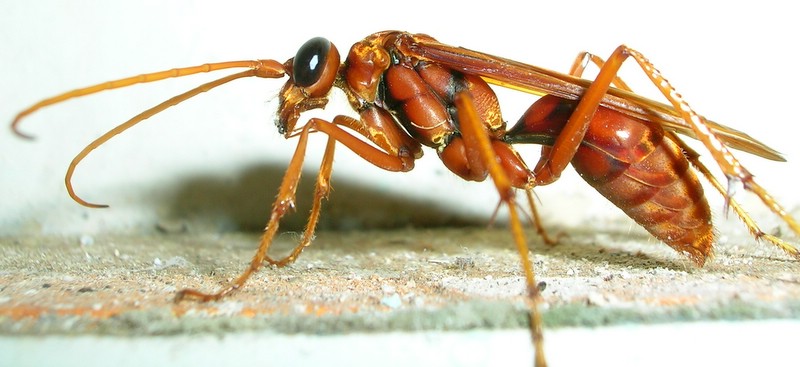





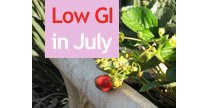
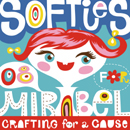


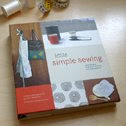




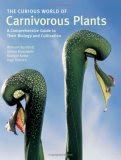
No comments:
Post a Comment